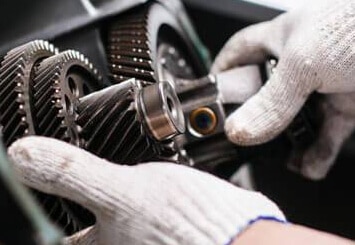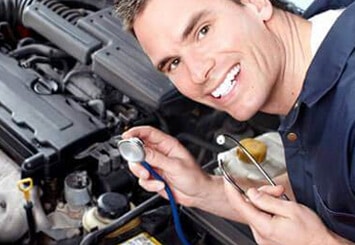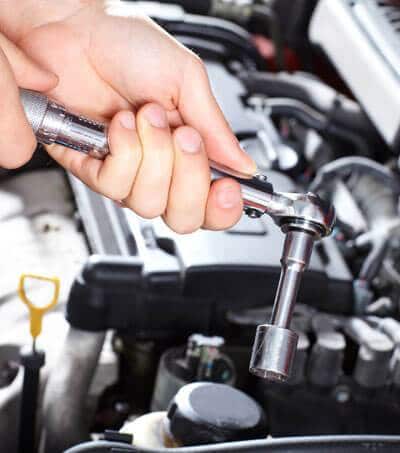


We really do tend to take our vehicles for granted. For many of us, they’re just a tool to get from Point A to Point B. But whenever we stop to actually think about it, this mundane tool of daily life is actually an incredibly complex and intricate invention. But we only tend to think about it when something goes wrong. When we can’t get from Point A to Point B, then we stop to think about our vehicle. And usually, we stop to complain about it. But the automobile really is a marvelous invention. And perhaps, the most intricate, complex, and impressive component of your vehicle is the transmission.
The engine generates energy. The axle makes the wheels turn, and the tires touches the road and spin, and thus propel your vehicle. But how does the energy from the engine get transferred to the axle and then on to the tires? The answer: the transmission. The transmission converts energy generated in the engine into the rotation of your wheels. So, it’s pretty important. And to do all of this is no mean feat. It requires dozens of parts all working in tandem to make a functioning transmission. And when even just one of those components isn’t operating properly, you got a problem. A transmission problem.
Transmission problems come in many forms. Some of them subtle, some of them obvious. Let us begin with the most visually obvious: the transmission fluid leak. If you see patches of reddish liquid pooling underneath your vehicle when you’re parked, then you have a transmission leak. The solution here is a transmission reseal. Sometimes one isolated spot needs a reseal; other times, a complete reseal is required. You don’t want to procrastinate here.
There is no transmission problem that cannot be caused or exacerbated by a lack of transmission fluid. But insufficient quantity of transmission fluid is only one problem. Insufficient quality is another. Transmission fluid can become degraded and burnt. If you check your transmission fluid and it smells bad or is discoloured and opaque, your transmission fluid should be flushed out and changed.
There a lot of problems that you can feel when it comes to the transmission. Shifting gears should be a smooth and easy process. But sometimes it’s not. Sometimes your transmission provides resistance and it grinds and clunks when you switch gears. This is a problem. On the other hand, transmissions can slip out of gear. This usually happens right after you have changed gears and it usually slips into neutral, but not always. This is a very dangerous transmission problem indeed.
Other problems are problems you can hear. Along with the with grinding noises transmission sometimes make when there’s a problem with switching gears, problematic transmissions sometimes make sounds while in neutral. These noises including whining and whining. All of these problems can have different causes and will require different solutions. Sometimes your vehicle’s onboard computer is sending or receiving mixed signals. Sometimes there’s a defective solenoid pack. Other times the transmission will have to be removed from the vehicle in order to find the problem.
To learn more about transmission problems, please contact us today.




The evolution of transmissions has made these machines and systems increasingly complex. When transmission repairs are required, determining the cause and cure for what ails can be tricky.
Read More
At Mister Transmission we have access to leading-edge diagnostic equipment, enabling us to offer you the fastest and most accurate findings about what’s going on inside your vehicle’s transmission.
Read More
Just as you have other parts of your car serviced, your transmission needs maintenance to ensure a long life and avoid transmission problems.
Read More